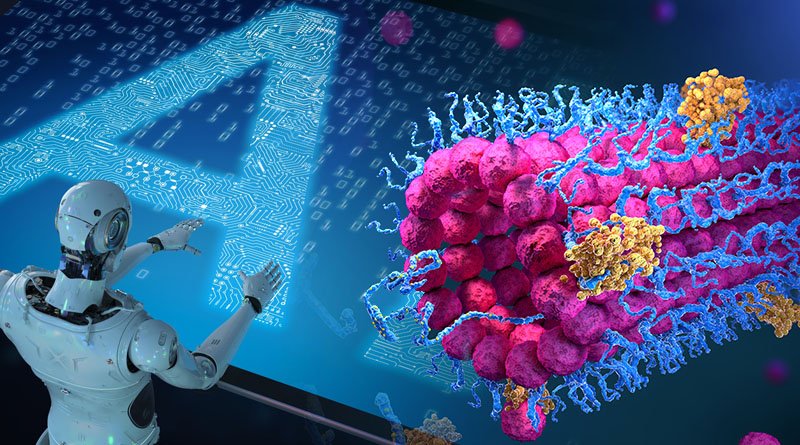Luciferases enzymes, as the name implies, catalyze chemical reactions that emit light; they are responsible for the firefly’s flare.

Researchers used machine learning-powered AI to design luciferases enzymes, never-before-existing proteins that accelerate biochemical reactions in living organisms in a scientific first. Enzymes are responsible for a wide range of critical processes, including digestion, muscle building, and breathing.
A team led by the University of Washington’s Institute for Protein Design, along with colleagues from UCLA and China’s Xi’an Jiaotong University, used an artificial intelligence engine to create new luciferases. Luciferases enzymes, as the name implies, catalyze chemical reactions that emit light; they are responsible for the firefly’s flare.
In a scientific first, researchers used machine learning-powered AI to design previously unknown enzymes. “Living organisms are remarkable chemists,” said David Baker, a UW biochemistry professor and the study’s senior author.
“Instead of using toxic chemicals or extreme heat, they use gentle enzymes to break down or build up whatever they require. If we could create new enzymes, we would be able to produce renewable chemicals and biofuels.”
Design of deep learning: There has recently been a flood of news about AI-powered creations, particularly text generators like ChatGPT and image generators like the wonderfully named DALL-E.
However, similar AI has found a place in the discovery of new drugs, proteins, and antibodies. A Boston-based startup has developed an AI model that uses the same image-creation technique as DALL-E to design brand new artificial proteins.
California biotech Profluent created new proteins capable of killing bacteria by feeding the “language of biology” to a ChatGPT-like AI. Because proteins are incredibly complex molecules honed by aeons of evolution, high-powered AI is an essential component of protein design.
The number of intricate and important structures that can influence what a protein does is difficult to comprehend. (We’re talking about a Google cube.)
Enzymes speed up biochemical reactions and power a variety of critical processes, ranging from digestion to muscle building to breathing.
A new impetus: The team, led by UW postdocs Andy Hsien-Wei Yeh — who is also the co-founder of light-emitting diagnostic biosensor maker Monod Bio — and Christoffer Norn, began by selecting the chemicals they wanted their luciferases to catalyse in light-emitting reactions in a study published in Nature (these are called luciferins, building on a theme).
They then gave the AI the task of creating thousands of proteins that could interact with the luciferins. In the lab, the first models appeared to be potentially disappointing, causing no chemical reaction at all.
The team was able to improve the performance of their luciferases through continued refinement; the most successful, LuxSit-i, produced a bright enough glow to be visible to the naked eye, outperforming natural luciferases found in the glowing sea pansy (a kind of bioluminescent soft coral).
The team wrote in their paper that the bioluminescence produced by luciferases is extremely useful for testing chemicals in the lab and for biomedical imaging.
The glow of luciferases can be produced in the dark because they do not require an outside light source, providing higher sensitivity than some fluorescent markers in living samples.
However, due to the difficulty of creating luciferases and the small number of naturally occurring enzymes, research into them has lagged behind more well-established fluorescent work. “Creating new enzymes would put renewable chemicals and biofuels within reach.”
The bigger picture: However, the team sees their work as potentially bigger than just creating some new glowing enzymes. With the AI method now proven, the door is now open to developing a diverse range of enzymes capable of diverse biochemical reactions. Artificial enzymes could be used to make better biofuels, as medical diagnostic tools, or to break down pollutants.
“Instead of relying on enzymes found in nature, we were able to design very efficient enzymes from scratch on the computer,” Yeh said. “This breakthrough implies that, in theory, custom enzymes for almost any chemical reaction could be designed.”